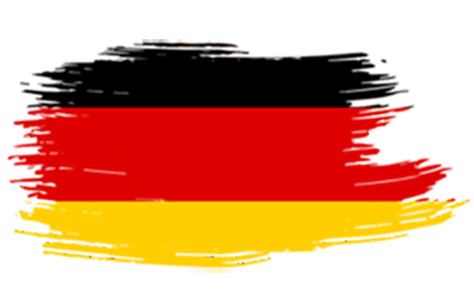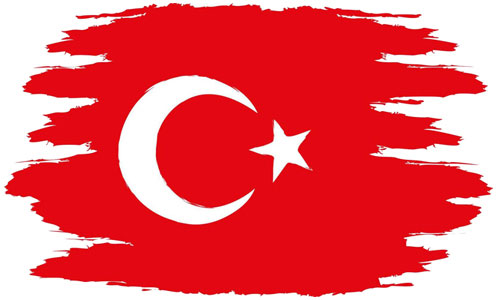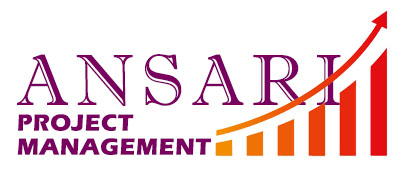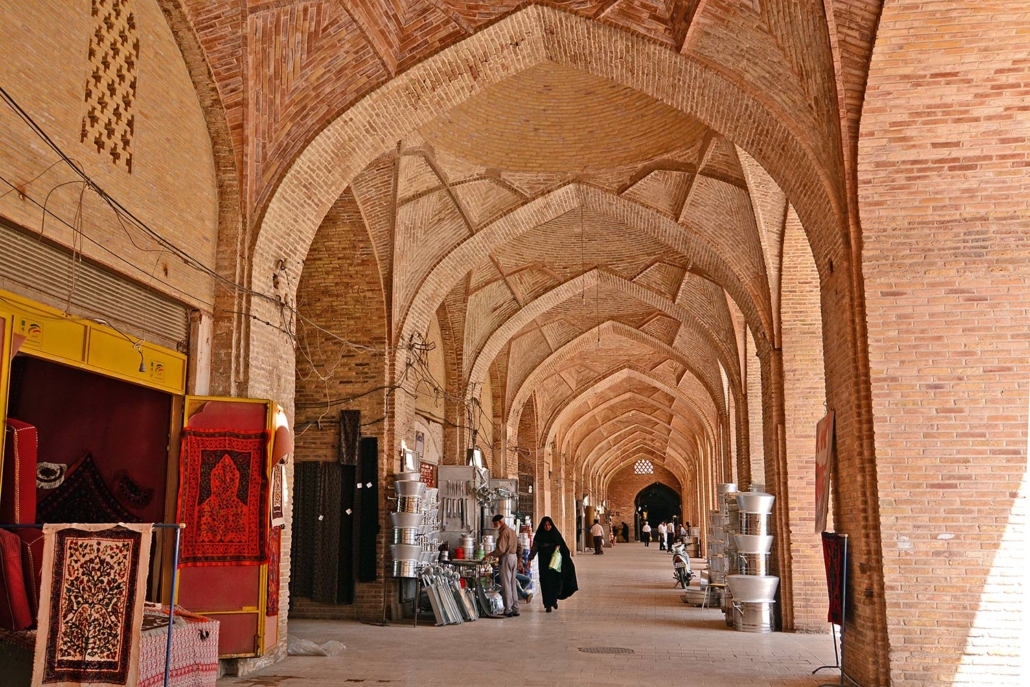Introduction
Kerman province is one of the most significant provinces in Iran located in the southeastern part of the country. The province has strong cultural, literature, art, social, geographical, and historical relations with great Iran civilization and has significant importance in the contemporary
progress towards sustainable development. Throughout the centuries, the province has been a center of trade, agriculture, and culture serving as a home to numerous ethnic groups, including Persians, Balochis, Arabs, and Turkmen. This essay aims to provide a comprehensive analysis of Iran's Kerman province, its cultural, literature, art, social, economy, geographical and historical relations, and its role in the context of great Iran civilization. Additionally, it will also examine the importance and role of these aspects in today's world and explain the competitive advantages of Kerman province in Iran's contemporary progress towards sustainable development.
Geographical and Historical Relations
Kerman province is situated in the southeastern part of Iran, bordering the provinces of Sistan-Baluchestan, Hormozgan, Fars, Yazd, and South Khorasan. The province covers an area of about 180,726 square kilometers, representing 11.4 percent of the country's total area (Iran Statistical Yearbook, 2019). The province's capital city is Kerman, located about 1,000 kilometers from Tehran. The geography of the province is diverse, including mountainous regions, vast deserts, vast plains, and plateaus.
Kerman's history dates back to the Sassanid period, and its name is mentioned in the Avesta, the holy book of the Zoroastrians, as an important city in the region (Iran Chamber Society, n.d.). The province was part of the Parthian Empire, followed by the Sassanid Empire, where it became an important center of trade and commerce. During the Islamic Golden Age, Kerman was home to numerous renowned scholars, poets, and intellectuals. Later on, the province witnessed the arrival of the Mongol Empire and the Seljuk dynasty. In the Qajar era, Kerman served
as a significant center for Iranian constitutionalism, and later in the 20th century, the province played a significant role in the Islamic Republic's revolution.
Cultural and Literature Relations
Kerman province is home to one of Iran's most ancient cultures and has a strong connection with Persian literature. The province has been the birthplace of many notable poets and writers, including Saadi Shirazi, Mohammad-Taghi Bahar, and Abdolhossein Zarrinkoub (Kerman News Agency, 2017). One of the most significant cultural events in the province is the "Quran Gate" ceremony held every year during the holy month of Ramadan, where people gather beneath the entrance to the Gate and recite the Quran. Similarly, the "Ashura" ceremony is celebrated with great enthusiasm throughout the province.
The province is also well-known for its hand-woven carpets and rugs. Kerman's carpets are renowned for their vivid colors and intricate designs, making them one of the most sought-after carpets in the world. Additionally, the province has a unique music tradition, including "Kermani," "Bakhtiari," "Lori," and "Balochi" music.

Kerman province has several competitive advantages in Iran's contemporary progress
Art and Social Relations
Kerman province has a rich and diverse cultural heritage that spans over several centuries and has influenced the province's artistic expressions. The province has been a melting pot of different ethnic groups, including Persians, Balochis, Arabs, and Turkmen, who have their unique traditions, customs, and art forms. The province's
unique artistic expressions include Persian calligraphy, pottery, ceramics, and metalworks. For example, Kerman's turquoise ceramics are well-renowned throughout Iran and beyond.
The province's social relations have been profoundly influenced by its diverse ethnic groups, creating a rich and vibrant social fabric that celebrates many festivals and ceremonies annually. These social relations are expressed through communal gatherings, including weddings, and mourning ceremonies.
Economic Relations
Kerman province has been one of Iran's significant centers for agriculture, trade, and commerce. The province produces various agricultural products, including pistachios, dates, saffron, and
citrus fruits, among others. Similarly, the province's mining industry is rich in copper, coal, iron, and several precious metals.
Kerman's strategic location has also made the province an important center for transportation and commerce, with numerous roads and highways connecting the region to the rest of the country.
Importance and Role of Kerman Province in Today's World
The significance of Kerman province in the context of great Iran civilization cannot be overemphasized. The province's cultural, literature, art, social, economy,
geographical, and historical relations have played an essential role in shaping Iran's civilization. Additionally, the province's significance is also rooted in its contemporary progress towards sustainable development.
One of the key drivers of Kerman's development potential is its strategic location. The province is located near the Persian Gulf, which provides access to international markets through its sea ports. Similarly, Kerman's proximity to the neighboring countries of Afghanistan and Pakistan has facilitated cross-border trade. The province's location has also prompted the development of new infrastructure projects,
including the development of new highways and railway lines, enhancing Kerman's connectivity to other parts of Iran and neighboring countries.
Kerman's geographic diversity and climatic conditions have created suitable conditions for agriculture. The province's agricultural production, particularly the production of pistachios, dates, and saffron, has been one of the main contributors to the region's economic growth. Additionally, Kerman's mining industry also plays a vital role in the province's economy, with numerous mines operating throughout the region, providing employment and economic opportunities for the residents.
The province's rich cultural heritage is also an important asset for
the region's cultural tourism industry. The province has numerous iconic landmarks, including the Ganjali Khan Complex, Za'Afaran Mosque, and Shahdad Desert, among others.
Furthermore, Kerman province has also been a center for innovation and creativity, particularly in science and technology. The province's scientific community has had an impact on various fields, including astronomy, physics, and genetics.
Kerman Province's Competitive Advantages in Iran's Contemporary Progress towards Sustainable Development
Kerman province has several competitive advantages in Iran's contemporary progress towards sustainable development. One of these advantages is the province's agricultural industry. The production of dates, pistachios, and saffron provides a significant source of income and employment for the region. Additionally, the province's geographic and climatic conditions are suitable for other crops such as citrus fruits, which can be developed further to enhance the region's agricultural production.
The province's strategic location also provides a competitive advantage for the development of its transportation and logistics industry. Kerman's proximity to the Persian Gulf and the neighboring countries of Afghanistan and Pakistan provides access to international markets. The development of new highways and railway lines, coupled with the development
of new sea ports, can further enhance the region's connectivity to other markets.
Kerman's rich cultural heritage is also a competitive advantage in the development of a sustainable tourism industry. The province has numerous iconic landmarks, including the Vakil Bath, Vakil Mosque, and Ganjali Khan Complex, among others. The development of sustainable tourism
infrastructures can facilitate economic growth and employment opportunities for the region.
Conclusion
Kerman province has a rich cultural, literature, art, social, economy, geographical, and historical relations that have played an essential role in shaping Iran's civilization. The province's strategic location, diverse economy, and rich cultural heritage have also contributed to the region's contemporary progress towards sustainable development. The province's significant agricultural production, transportation infrastructure, and iconic landmarks make it a vital contributor to Iran's economy and sustainable development goals. As such, Kerman province represents a significant opportunity
for future investment and development initiatives, particularly in the areas of agriculture, transportation, and sustainable tourism.
Dear Visitor; Please take a look at the list of 50 most visited websites in the world wide web: YouTube, Facebook, google, translate, gmail, weather, amazon, Instagram, cricbuzz, Hotmail, wordle, satta king, twitter, yahoo, yandex, sarkari result, Netflix, google maps, yahoo mail, roblox, whatsapp, NBA, BBC news, outlook, pinterest, flipkart, eBay, omegle, live score, tiktok, canva, ipl, premier league, hava durumu, ibomma, walmart, twitch, ikea, shein, linkedin, home depot, e devlet, lottery, snaptik, cricket, serie a, nfl, spotify, fox news, amazon prime; There is no book publishing related or project management website in this list. We are working hard to bring these important issues to the center of concentration of societies. Please introduce us via social media, share our website with others and help us to make our world a better place to live. Best Regards.












Write your review